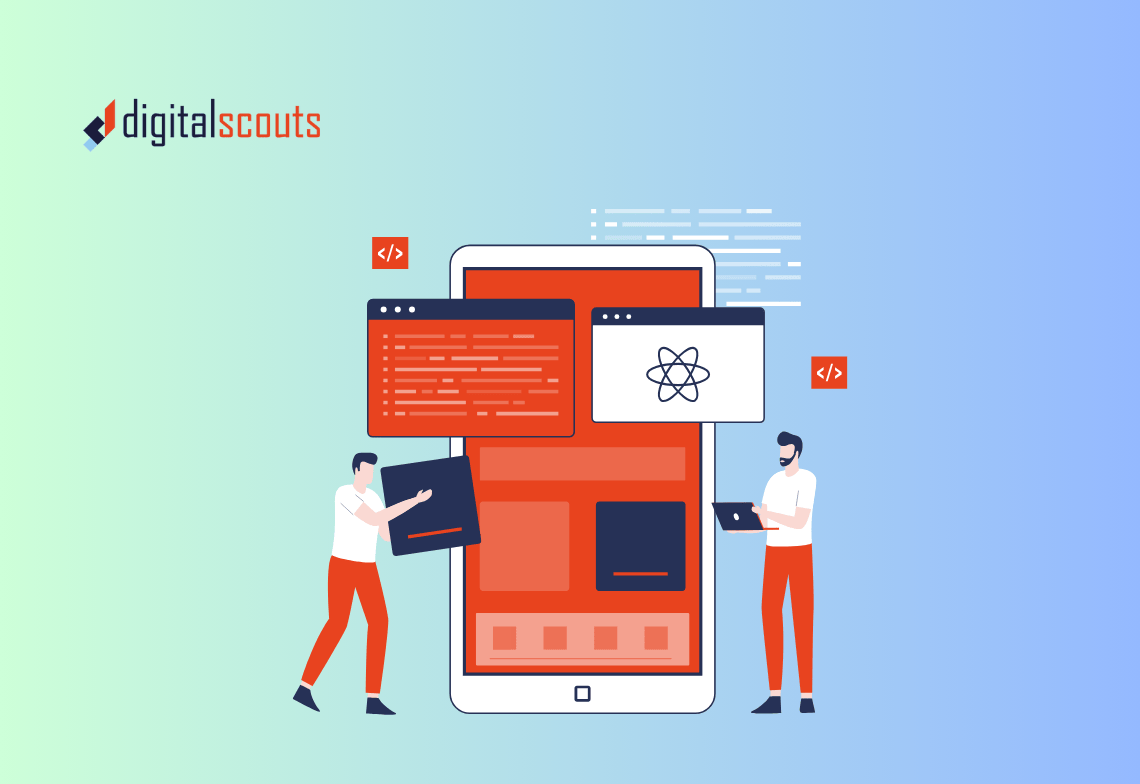Search is shifting from links to answers. Buyers ask. AI responds. Your content needs to be the source it cites.
For years, SEO was the engine behind digital visibility. Brands focused on keywords, backlinks, and click-through rates to climb the rankings. But 2025 marks a turning point. With AI-powered search platforms like Google AI Overviews, Perplexity, and Microsoft Copilot, people are not browsing — they are asking questions and getting direct, conversational answers generated by artificial intelligence.
This change has given rise to a new discipline: Answer Engine Optimisation (AEO). Where SEO helps users find your website, AEO ensures your content is understood, trusted, and cited by AI systems that now act as information gatekeepers.
For B2B marketers, this shift is more than technical. It redefines how content drives pipeline and positions brands as credible sources in an AI-driven search ecosystem.
From Search Engines to Answer Engines
Traditional SEO focuses on discovery — getting users to click through to your site. AEO focuses on delivery — ensuring AI models reference your insights in their generated responses.
Both matter, but they serve different purposes. SEO builds reach. AEO builds authority inside the new AI search experience.
SEO vs AEO: A Strategic Comparison
| Feature | SEO (Search Engine Optimisation) | AEO (Answer Engine Optimisation) |
|---|---|---|
| Primary Objective | Improve rankings and drive traffic | Deliver accurate, trusted answers in AI search |
| User Targeting | Text-based search users | Conversational, voice, and AI-assisted users |
| Content Focus | Long-form, keyword-rich pages | Structured, concise, and easily cited content |
| Devices Targeted | Desktop and mobile browsers | AI assistants, chatbots, voice search, copilots |
| Metrics & KPIs | Keyword rankings, CTR, sessions | Visibility in AI summaries, citations, pipeline impact |
| Content Goal | Attract users to the website | Position your brand as a referenced expert source |
SEO attracts the visit. AEO earns the mention. You need both.
What Is Answer Engine Optimisation?
Answer Engine Optimisation is the process of structuring and writing content so AI engines can interpret, summarise, and cite it as a reliable answer.
AI search tools do not “index pages” in the traditional sense — they analyse meaning, structure, and relationships between ideas. Your content must therefore be clear, factual, and machine-readable while still valuable for humans.
AEO is built on four principles:
-
Write clear, direct answers to user questions.
-
Use schema and structured data to define meaning.
-
Demonstrate expertise, experience, and authority through original insights.
-
Keep the tone natural, conversational, and easy to parse.
When your content is AEO-ready, it becomes the trusted source referenced inside AI search summaries — often ahead of competitors with higher SEO rankings.
How to Build an Effective AEO Strategy
1. Structure Comes First
AI systems rely on structure to understand context. Adding schema markup to your HubSpot or CMS templates helps search engines and AI agents interpret what your page contains — whether it’s an article, FAQ, or comparison guide.
Use:
-
FAQ schema for question-based sections
-
HowTo schema for step-by-step guides
-
Article schema for thought leadership content
Structured data clarifies intent and improves your chances of being cited in AI summaries and voice search results.
2. Lead with the Answer
When someone asks a question in AI search, the first sentence that delivers the answer wins. Begin each section with a concise response, followed by supporting context.
Example:
Question: What is AEO?
Answer: Answer Engine Optimisation is the practice of structuring content so AI search engines can understand and use it as a trusted source.
This approach helps AI models identify your content as directly relevant to the query.
In HubSpot, use short summary paragraphs or call-out boxes near the top of each page so your most valuable insights are easy for AI to find and quote.
3. Optimise for Intent, Not Just Keywords
SEO once revolved around specific keyword phrases. AEO focuses on intent — what users mean, not just what they type.
To optimise for intent:
-
Use question-based headings such as “How does AEO impact SEO strategy?”
-
Write in a natural, conversational tone that mirrors how people speak.
-
Include synonyms and contextually related terms like “AI search results” and “answer visibility.”
-
Support every claim with examples or data so AI recognises it as authoritative.
The clearer the intent behind your writing, the easier it is for AI engines to connect it to user questions.
4. Build Snippable, Reusable Content Blocks
AI models extract short, structured snippets of content to generate answers. Make your pages easy to scan.
Best practices include:
-
Use bullet lists and numbered steps to summarise key points.
-
Keep answers under 50 words where possible.
-
Use comparison tables, checklists, or key takeaway boxes.
-
Create reusable “Q&A blocks” in HubSpot so editors can apply the same structure consistently.
This modular design helps your content appear in voice search and conversational AI summaries.
5. Strengthen Topical Authority
AI engines prefer to cite sources that demonstrate expertise across a topic, not one-off pages. Create content clusters that show depth and consistency.
Example structure:
-
Pillar page: The Complete Guide to Answer Engine Optimisation
-
Supporting posts: How AI Search Changes B2B Marketing, Best Practices for Voice Search, and How AEO Impacts RevOps
Interlink these pages and update them regularly. It signals to AI that your brand owns the conversation on that topic.
6. Balance AI Efficiency with Human Expertise
AI can help research, outline, and optimise content, but human insight builds credibility. Use AI for speed — rely on your team for accuracy and tone.
Combine both by:
-
Using AI tools to identify trending questions or keywords.
-
Adding case studies or data that reflect your real-world experience.
-
Reviewing every AI-assisted draft for accuracy, nuance, and brand alignment.
At Digitalscouts, we have seen AEO-aligned rewrites of B2B content increase mentions in AI Overviews by more than 40 percent. The reason is simple — the content answered specific questions with credible, structured insight that AI systems could trust.
7. Measure the Metrics That Matter
Clicks and impressions are no longer the whole story. Track how your content performs inside AI ecosystems as well as traditional search.
Key metrics include:
-
Mentions or citations in AI-generated summaries
-
Organic traffic from AI-enhanced results
-
Conversion and pipeline influence from content assets
-
Engagement time on answer-based articles
In HubSpot, build dashboards that connect content performance to revenue outcomes, not just ranking movement.
8. Avoid Common AEO Mistakes
AEO rewards clarity. Avoid:
-
Dense paragraphs that hide key points
-
Overuse of technical jargon or filler language
-
Ignoring schema or internal linking
-
Publishing AI-generated text without fact-checking
Keep the structure clean, the tone professional, and the information verifiable.
The Hybrid Future of SEO and AEO
SEO and AEO are not competitors. They are two parts of the same system. SEO ensures discoverability. AEO ensures credibility inside AI results.
Your content strategy should:
-
Maintain SEO fundamentals — site speed, backlinks, and keyword relevance
-
Add schema and semantic structure for AEO readiness
-
Optimise for both search visibility and AI answer inclusion
-
Connect all reporting to your CRM or HubSpot dashboards for measurable ROI
Together, SEO and AEO form a dual strategy that captures both human clicks and AI citations, ensuring your brand stays visible across every search format.
Final Thoughts
The evolution from SEO to AEO marks one of the biggest changes in digital marketing since the introduction of search engines themselves. AI is rewriting how information is found and trusted — and brands that adapt early will hold a lasting advantage.
B2B content strategies built for 2025 must go beyond attracting visits. They need to educate, build authority, and feed the pipeline by appearing wherever buyers seek answers — whether that’s on a search results page or inside an AI-generated summary.
At Digitalscouts, we help B2B marketers evolve from SEO-only strategies to AEO-ready ecosystems. From schema design and content architecture to HubSpot integration and analytics, we ensure your content is positioned to win visibility in both search and AI experiences.
Want to see how AEO can elevate your brand’s visibility in 2025?
Contact Digitalscouts to build your AEO-ready content strategy today.
Frequently Asked Questions
About Author
Ashish is a B2B growth strategist who helps scaleups align marketing and sales through Account-Based Marketing (ABM), RevOps, and automation. At DigitalScouts, he builds scalable content engines, streamlines lead flows with HubSpot, and runs targeted GTM programs to drive predictable pipeline. He regularly shares insights on using AI and automation to power ABM and accelerate complex buyer journeys.



.png?width=94&height=94&name=Landing%20page%20that%20convert%20(1).png)




